Oxidative Stress: Causes, Role in Diseases and Biological Effects
Active oxygen species are produced as inescapable by-products of a normal aerobic metabolism, and their production is further enhanced by exposure to certain environmental conditions, or as a result of some diseases. Oxidative stress is defined as an imbalance between the production of free radicals (FR) and antioxidant defenses in favor of the former, which can result from an excess of prooxidant, antioxidant deficiency or both factors. There are many kinds of FR, but these can be grouped together under the name of reactive oxygen species (ROS) or reactive nitrogen species (RNS), determined by the ability of each species according to the four basic characteristics: reactivity, specificity, selectivity and diffusivity. This book aims to discuss the biological effects, role in diseases, and causes of oxidative stress. Some of the topics provided include oxidative stress in biofilms; age realtion to oxidative stress; controlling of oxidative stress in non-alcoholic steatohepatitis; and the role of nitric oxide toxicity and oxidative stress in graft vs. host disease. (Imprint: Nova Biomedical)
{{comment.content}}
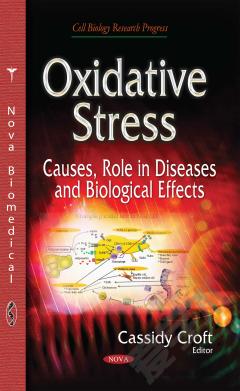
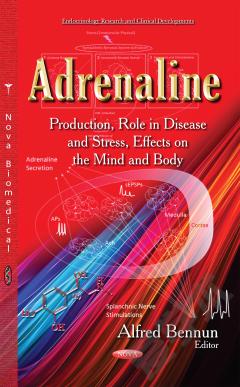
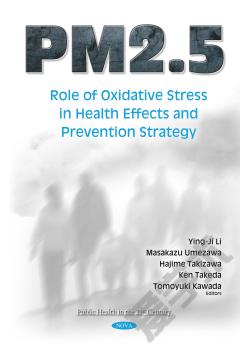

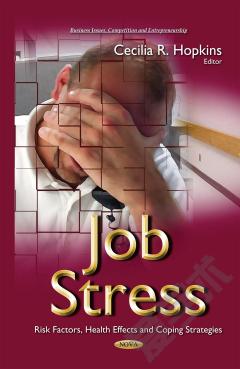
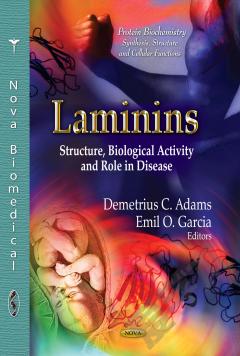
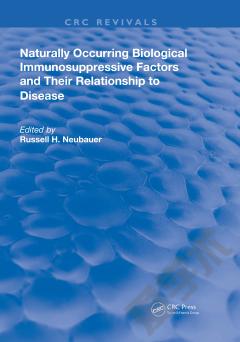

 京公网安备 11010802027623号
京公网安备 11010802027623号